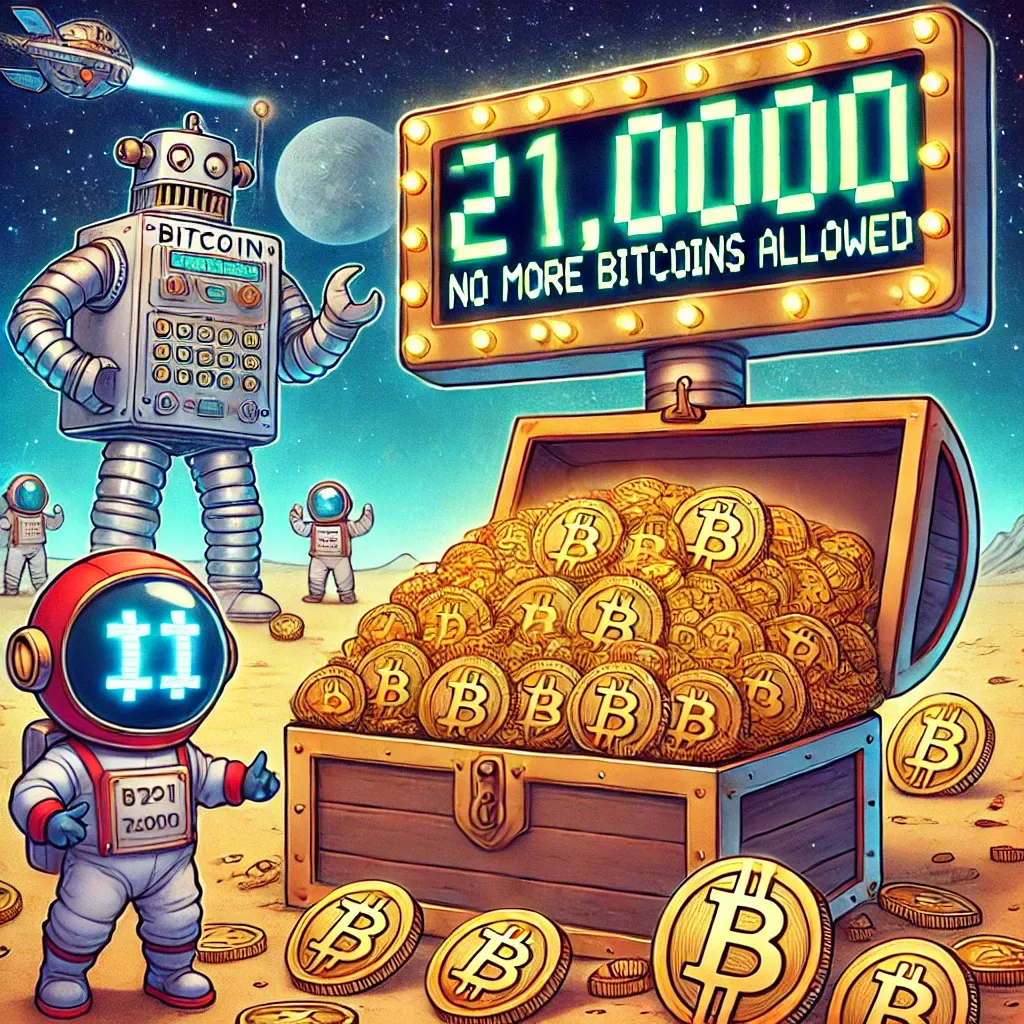The world of cryptocurrency is full of surprises, but here’s a fact that might blow your mind: Bitcoin’s total supply is capped at 21 million coins. Yes, you read that right! Unlike fiat currencies, which governments can print ad infinitum, Bitcoin has a hard limit. But why is that, and what does it mean for us mere mortals? Let’s dive in and decode this fascinating aspect of the world’s first cryptocurrency.
Why Is Bitcoin’s Supply Limited?
The decision to cap Bitcoin’s supply wasn’t made on a whim. It was a deliberate move by its mysterious creator, Satoshi Nakamoto. Here’s why:
1. To Mimic Scarcity (Like Gold)
Bitcoin is often referred to as "digital gold." Just like the precious metal, it’s scarce. Satoshi wanted Bitcoin to be a store of value, and a finite supply ensures that its value isn’t eroded by endless production. Imagine if gold could be printed—it’d be as cheap as tinfoil!
2. To Combat Inflation
We’ve all seen what happens when central banks go overboard with the money printer (hello, hyperinflation!). Bitcoin’s capped supply means no surprise devaluation, no matter how many pizzas you buy with it.
How Does the 21 Million Cap Work?
Bitcoin’s supply cap is baked into its code. Here’s how it’s enforced:
Block Rewards and Halving Events
-
What Are Block Rewards? Miners validate transactions and, in return, receive new Bitcoin as a reward. This process is how new Bitcoin enters circulation.
-
What’s a Halving Event? Approximately every four years, the block reward is halved. In 2009, miners earned 50 BTC per block. Today, that number is just 6.25 BTC and will keep shrinking.
The Mathematical Limit
With each halving, the issuance rate decreases, and the total number of Bitcoins gets closer to 21 million. The last Bitcoin is expected to be mined around the year 2140. Mark your calendar!
What Happens When All 21 Million Bitcoins Are Mined?
Don’t worry, the Bitcoin world won’t implode. Here’s what to expect:
1. Transaction Fees Will Take Over
Miners will still earn rewards, but instead of block rewards, they’ll rely on transaction fees. As Bitcoin adoption grows, these fees are expected to be significant enough to keep miners motivated.
2. Increased Scarcity
With no new Bitcoins entering circulation, the existing supply will become even more valuable. Think of it as the rarest collector’s item you’ll ever own.
Why Does the 21 Million Cap Matter to You?
1. Protection Against Inflation
Your Bitcoin won’t lose value because someone decides to "print more." It’s like owning a slice of a very limited pie—and nobody can bake another one.
2. Rising Demand Equals Rising Value
Economics 101: When supply is limited and demand increases, prices go up. As Bitcoin adoption grows, its scarcity could drive its value to new heights.
Fun Facts About Bitcoin’s Supply Cap
-
Lost Bitcoins: An estimated 20% of all Bitcoin is lost forever due to forgotten passwords or discarded hard drives. Ouch!
-
Fractional Ownership: You don’t need to own a whole Bitcoin. With up to 8 decimal places, even 0.00000001 BTC (called a Satoshi) is valuable.
-
Deflationary by Design: Over time, Bitcoin’s value could increase as its purchasing power grows—a rarity in the financial world.
Conclusion: Why 21 Million Matters
Bitcoin’s capped supply is one of its most defining features, setting it apart from traditional currencies and many altcoins. It’s a built-in safeguard against inflation and a nod to the value of scarcity. Whether you’re a hodler, a trader, or just crypto-curious, understanding this concept gives you an edge in navigating the exciting world of digital assets.
So, next time someone asks you why Bitcoin is a big deal, just smile and say, “Because there’s only 21 million of them, and I’m holding onto mine.”
